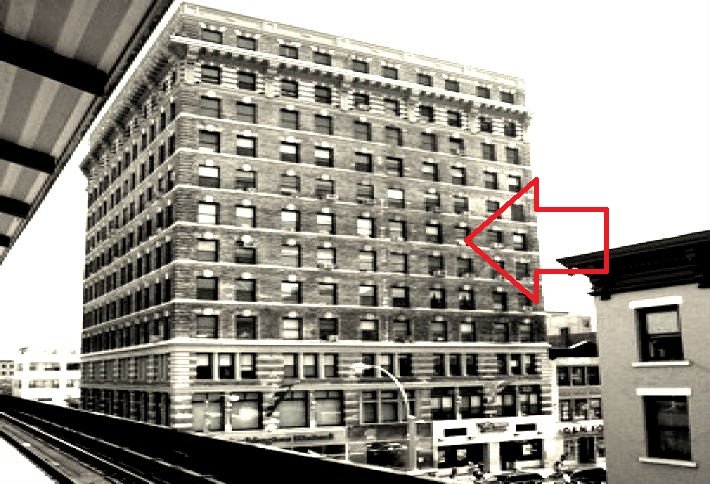
Ornette Coleman left a lot of love in Harlem. He was considered one of the most important figures in music history and had the legendary Harmolodic Record Label And Studio, on 1825 Park Avenue in Harlem.
The name Harmolodics comes from the musical philosophy and compositional/improvisational method of jazz saxophonist Ornette Coleman, whose work following this philosophy during the late 1970s and 1980s inspired a style of free-thinking jazz funk known as harmolodic funk. It is associated with avant-garde jazz and free jazz, although its implications extend beyond these limits.

The Amsterdam News said:
… for more than 30 years, the saxophonist could often would be seen walking down 125th Street, dressed in the hippest gear. No one dressed or played like Coleman.
In 1995, Coleman and his son, Randolph Denard Ornette Coleman (
In addition, Sound Museum: Hidden Man is an album recorded in 1996 released on the Harmolodic/Verve label.
Accuraterecords.com reports that:
…the great Ornette Coleman never employed a keyboard player in his band until he hired Dave Bryant for Prime Time, over ten years ago. “The Eternal Hang” is Bryant’s debut as a leader, and shows a unique vision of jazz, somewhere between the sprawling polyglot orchestra of Coleman’s Prime Time and a more compact modern free jazz unit….
Bryant enlisted the services of the legendary Roger “The Immortal” Nichols, who engineered the Steely Dan albums of Donald Fagen and Walter Becker, and recorded at Coleman’s Harmolodic Studios in Harlem. The recorded sound yields a level of detail and clarity seldom heard in avant-garde jazz, and gives the ear many ways into this dense sound scape.
“The Eternal Hang” brings together two truly eccentric streams of American music, Coleman’s Harmolodics and Becker and Fagan’s studio perfectionism.
The conductor Leonard Bernstein referred to Coleman as an “innovative genius.”
Coleman also used the name “Harmolodic” for his first website.
Photo Credit: The opening of Harmolodic Studios and Sonic Circus in 2001.
Become a Harlem Insider!
By submitting this form, you are consenting to receive marketing emails from: . You can revoke your consent to receive emails at any time by using the SafeUnsubscribe® link, found at the bottom of every email. Emails are serviced by Constant Contact









